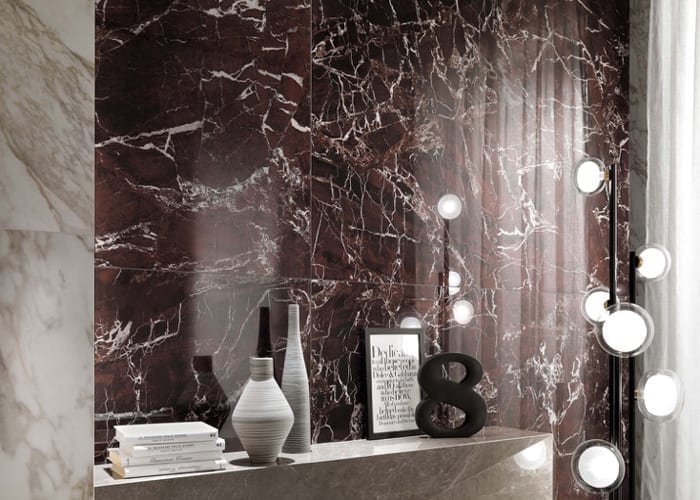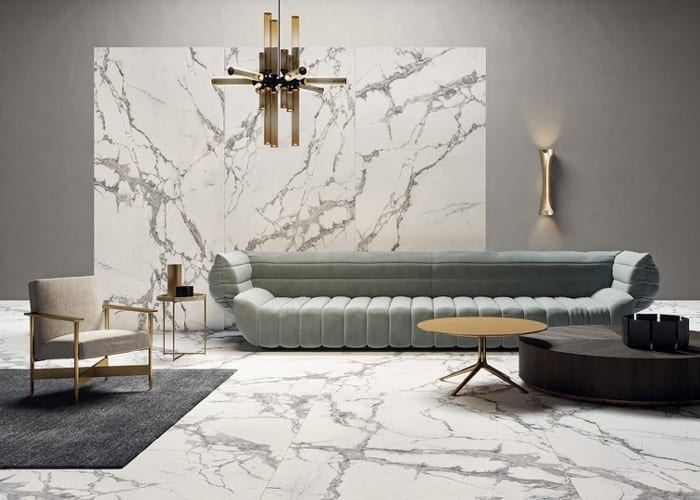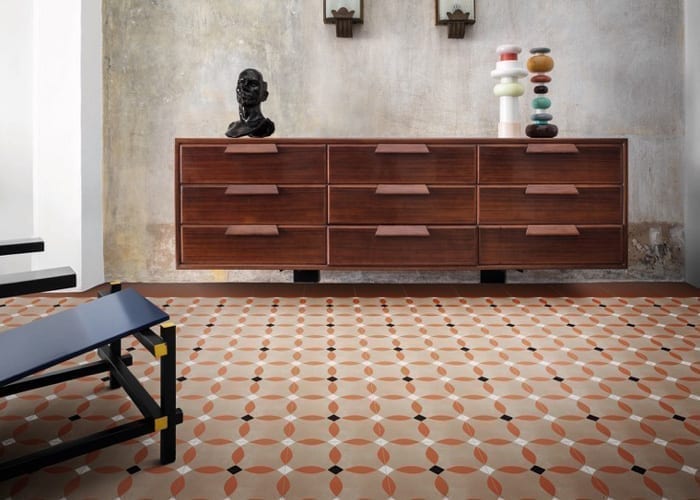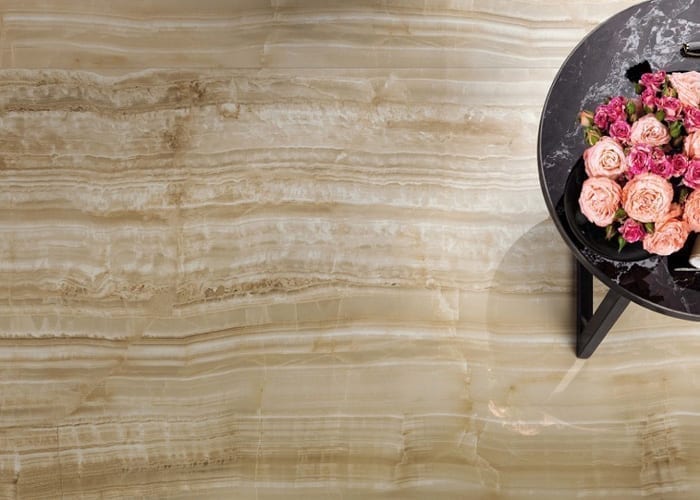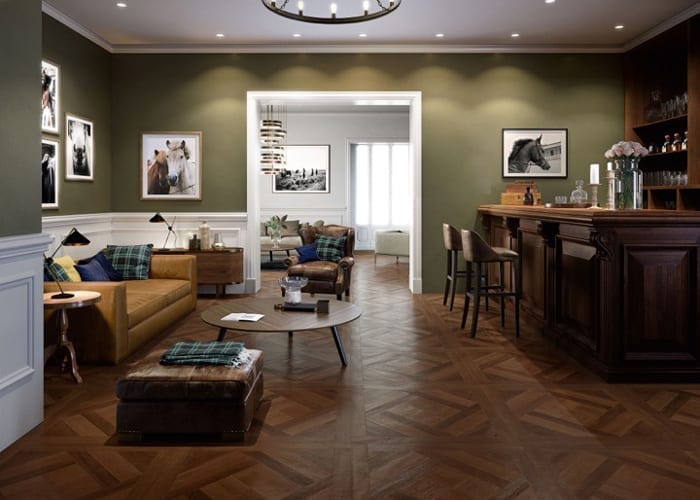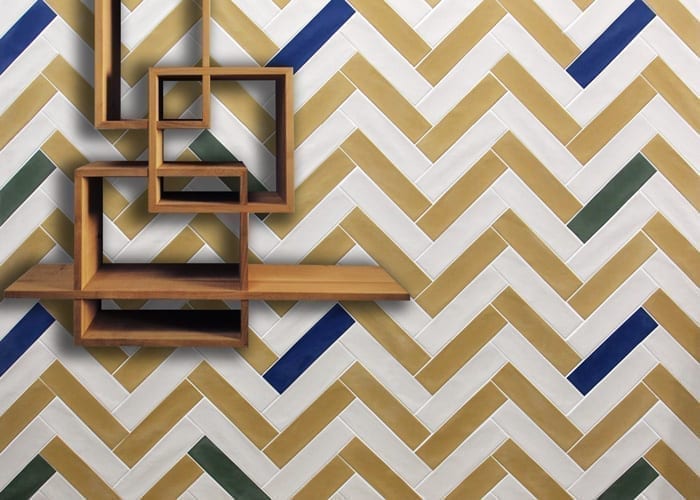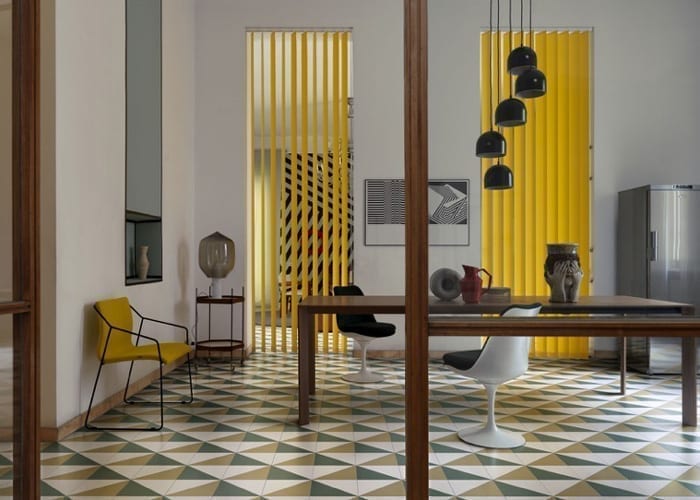Technical


Improving living spaces with ceramic tiles | by Livio Salvadori
Article published in: "Ceramic tile: one material, many areas of use"
The right choice of finishing materials is vital for creating high-quality contemporary living spaces, an application in which Italian ceramic tiles can play a particularly important role.
Latest-generation ceramic materials are the result of an ongoing development process coupled with continuous research into technological innovation, aesthetics, applications and functionality. Today’s products not only serve as important decorative and finishing elements for improving and customising interiors but are also able to deliver the required technical characteristics and maintain high levels of performance.
Italian ceramic tiles can be considered authentic “industrial design objects”, developed through a process of design and production that is focused strongly on innovation, quality and protection of the environment. These important architectural elements are not just attractive, safe and durable but also represent an informed design choice based on principles of sustainability.
Italian ceramic tiles come in a very wide range of shapes and sizes, colours and aesthetic and functional characteristics, but the thing they all have in common is their exceptional level of quality.
Tiles are available in many different forms, including large-size slabs and mosaics, modular elements and waterjet-cut designs, traditional sizes and trim pieces, thin wall panels and extra-thick slabs. They come with natural, gloss and matt surfaces, rough and polished finishes, textured, varied shade, bush-hammered, antiqued and metallic effects, primary and pastel colours, plain colours and layered effects. In particular, they stand out for their colours, grain sizes, streaks, veins and textures, for their patterns reproducing quarried stone, wood, earth, cement, metals and fabrics, for their patterned decorations and floral motifs, geometric designs and graphic compositions, terrazzo, relief motifs and much more.
In technical terms, ceramic tiles are distinguished by their shaping method (pressed or extruded), body colour (red or white), dimensions (sizes and thicknesses), water absorption values (linked to porosity) and main areas of use (floor or wall, interior or exterior). All products are classified according to European standard EN 14411, which also determines the requirements that first-choice tiles have to meet in terms of dimensions, dimensional tolerances, mechanical, chemical and physical characteristics, etc.
This means it is vitally important to take the technical standards as a guideline in order to make responsible and informed choices and ensure the highest levels of quality in terms of both composition and performance.
This is particularly true in today’s highly demanding and discerning market with its focus on high-quality living spaces that guarantee exceptional levels of environmental comfort, flexibility of use, compositional customisation, ease of cleaning, practicality of maintenance, hygiene, reliability and safety. At the same time, the growing awareness of sustainable development issues on the part of end users is driving up interest in these kinds of design choices.
December 2018
Other articles published in Ceramic tile: one material, many areas of use
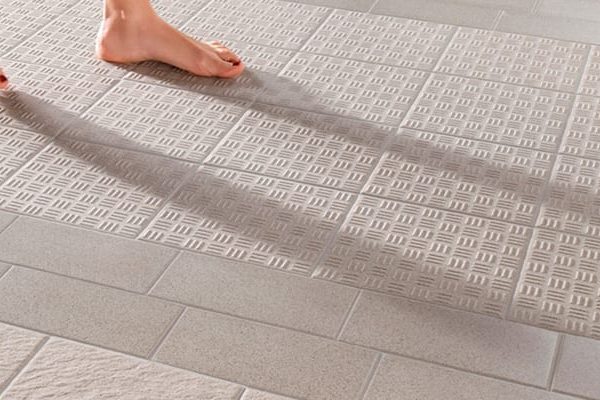
What are ceramic tiles?
Composition, raw materials, production processes and the main types of ceramic products currently available.





